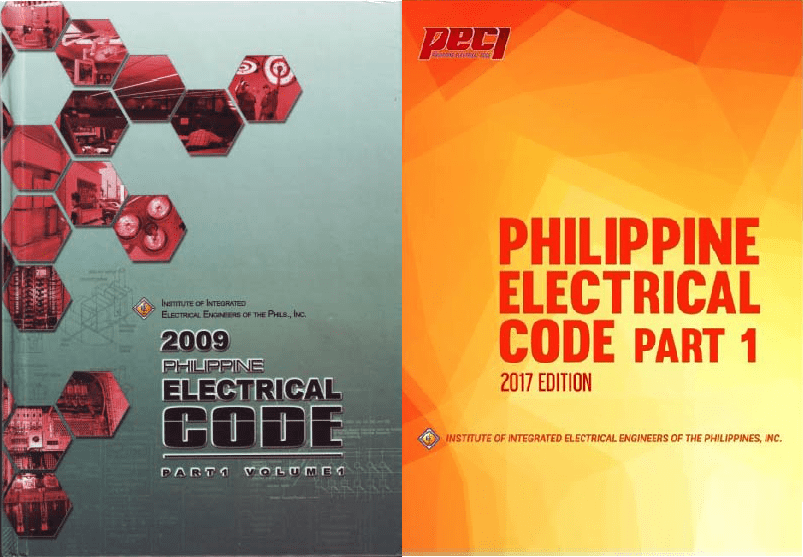Temperature Limitation - PEC Section 3.10.1.10
No conductor shall be used in such a manner that its operating temperature exceeds that designated for the type of insulated conductor involved. In no case shall conductors be associated together in such a way, with respect to type of circuit, the wiring method employed, or the number of conductors, that the limiting temperature of any conductor is exceeded.
Most terminations are designed for 60°C and/or 75°C maximum tem peratures. The higher-rated ampacities for conductors of 90°C, 105°C, etc. cannot be used unless the terminals at which the conductors terminate have comparable ratings.
Ambient temperature is an important consideration in determining the allowable ampacity of conductors. Selected conductors must have a rating above the anticipated maximum ambient temperature. The operating temperature of conductors should be controlled at or below the conductor temerature rating by coordinating conductor size, number of associated conductors, and ampacity for the particular conductor rating and ambient temperature.
Where the ambient temperature is different from PEC published temperature, a temperature correction factor is used to correct the ampacity. If more than three conductors are installed without spacing to allow the adequate dissipation of heat, the additional adjustment for grouping factor must also be applied.
Calculation Example
Determine the ampacity of 30 mm² THHN copper conductors to be installed in a raceway in an ambient temperature of 50°C.
Solution:
Table 3.10.1.16 shows that the allowable ampacity of the conductor at 30°C is 115A, which is multiplied by 0.82 [the ambient temperature correction factor].

Thus, the allowable ampacity of the 30 mm² conductor at 50°c is reduced to 94.3 A. For six of these conductors run in the raceway, 310.15(B)(3)(a) requires the allowable ampacity to be further reduced to 80 percent:

Under these conditions, the 30 mm² conductors would be suitable for an 70-A circuit, based on the standard ampere ratings of circuit breaker and fuses in PEC Section 2.40.1.6.
Important Notes
The temperature rating of a conductor in the PEC allowable ampacity tables is the maximum temperature, at any location along its length, that the conductor can withstand over a prolonged time period without serious degradation. The allowable ampacity tables and the ambient temperature correction factors, and the notes to the tables provide guidance for coordinating conductor sizes, types, allowable ampacities, ampacities, ambient temperatures, and number of associated conductors. Attention on the necessity for derating conductors where high ambient temperatures are encountered. It also helpful in coordinating ampacities, ambient temperatures, conductor size and number, and so forth to ensure operation at or below the temperature rating.
The main determinants of operating temperature are as follows:
- Ambient temperature — ambient temperature may vary along the conductor length as well as from time to time.
- Heat generated internally in the conductor as the result of load current flow, including fundamental and harmonic currents. Heating due to harmonic current should also be considered in determinations of operating temperature. In certain cases, larger-sized conductors may be required.
- The rate at which generated heat dissipates into the ambi- ent medium. Thermal insulation that covers or surrounds conductors affects the rate of heat dissipation.
- Adjacent load-carrying conductors — adjacent conductors have the dual effect of raising the ambient temperature and impeding heat dissipation.
